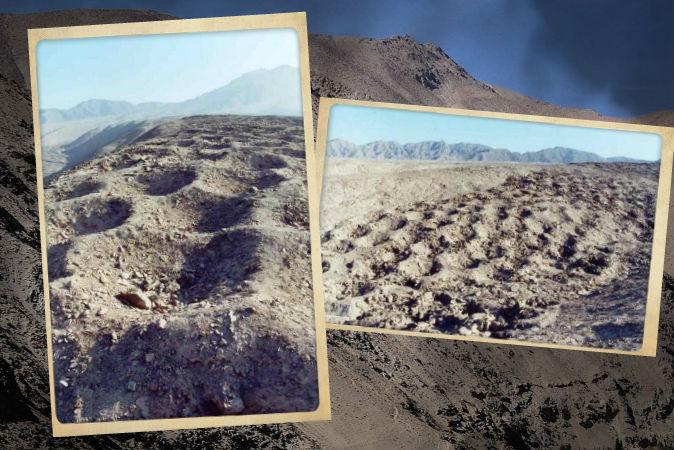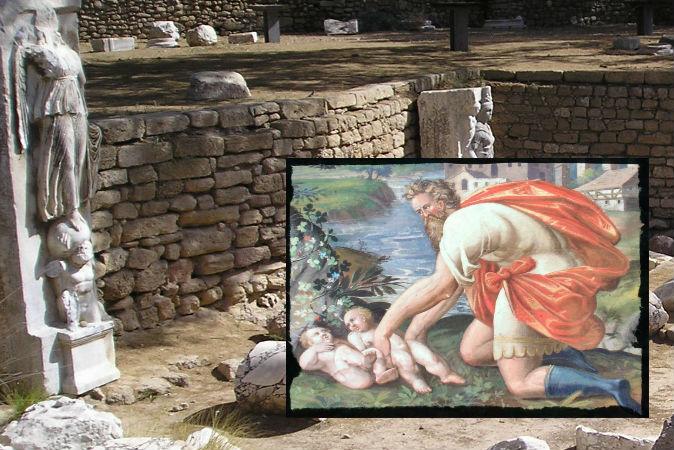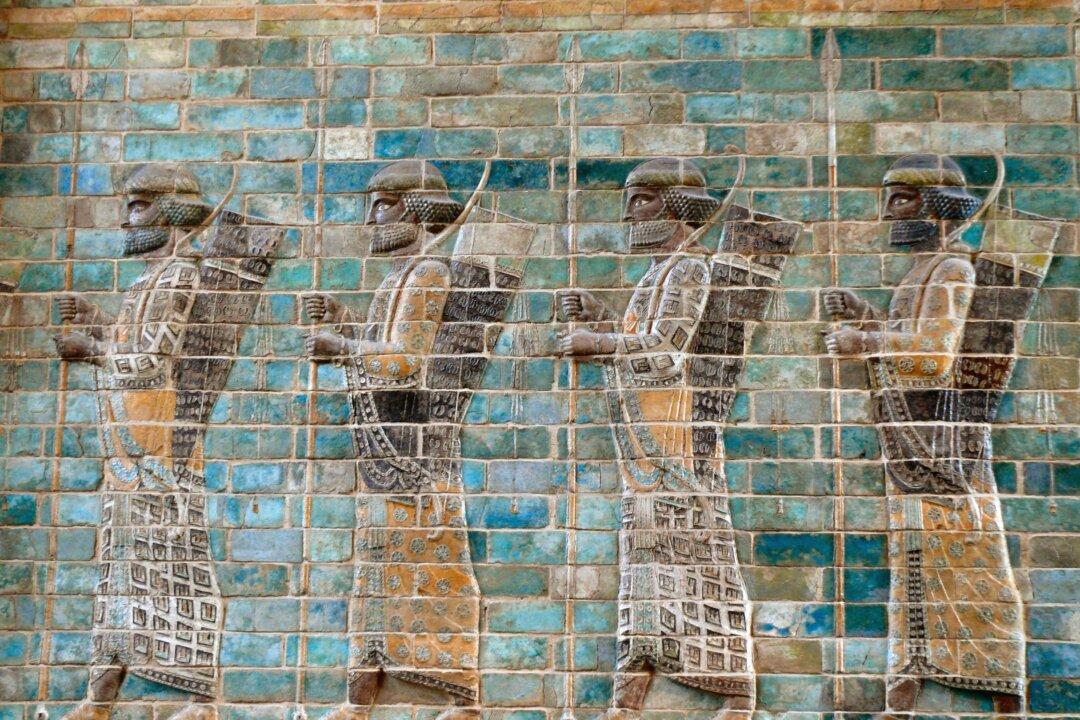From a distance, Oak Island, located on the south shore of Nova Scotia, Canada, appears to be just another island. Located approximately 200 feet from the shore, the tree-covered island rises to no more than 36 feet (11 meters) above sea level, and covers an area of no more than 140 acres. However, this tiny island is home to one of the biggest treasure hunts in history.
Many have been drawn to the island in the quest to uncover its supposed hidden riches, and a handful of people have lost their lives doing so, but to this day, no treasure has ever been recovered from Oak Island.




